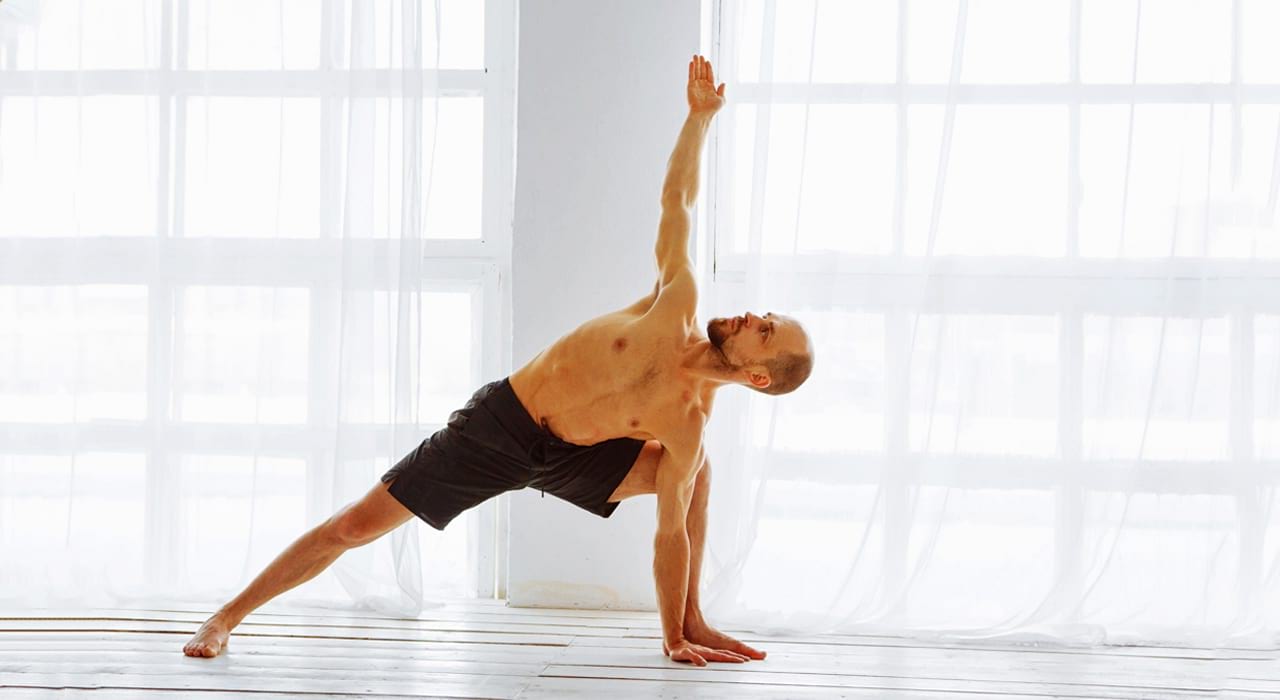Hot yoga. It’s a catch-all term for the bending your better half does, with one crucial difference: a room heated to 105°F (40°C). Also known as Bikram yoga, each workout includes 26 postures and typically lasts 90 minutes.
The thinking being the heat warms the body, facilitating safer stretching and promoting sweating to flush the toxins from the system. Great for any health-conscious athlete.
All about the cardio
On first inspection, hot yoga may sound a little excessive. Taking an already challenging activity like yoga into a milieu of almost sauna-like conditions sounds uncomfortable to say the least. On the other hand, professional athletes are nothing if not creatures of excess so it should be no real surprise that in many athletic circles hot yoga appears to be gaining in notoriety.
Among the other reported health benefits is a strong cardiovascular workout. “The first 50 minutes in particular are very cardio orientated – the heart rate increases and you really feel it,” Magda Kujac, studio manager at Bikram Yoga Bristol, UK, tells TRAIN.
While the process is undoubtedly challenging it doesn’t come with the level of bodily wear and tear experienced in many other workouts.
What does it do?
As well as the marked physical improvements, yoga is well known for helping participants feel calmer, more positive and relaxed. That feeling of increased well-being from yoga has also been scientifically studied. A range of studies have shown benefits that include reductions in anxiety, depression, cortisol, cellular inflammation and pain sensitivity.
Taking that feeling of wellness one step further and hot yoga may well provide an altogether gentler alternative to those brutal hours spent burning fat on the treadmill or in the weights room. “You can burn up to 800 calories in one 90-minute session,” Magda says.
Hot yoga is also widely reported for therapeutic benefits on injuries in terms of both prevention and faster healing. “When I first started coming here I had a long standing elbow injury,” Bikram Yoga Bristol client Zhila Gaffney says. “The yoga made it feel so much better that by the time I was referred for my X-ray I told the doctor I didn’t need to go.”
So in the framework of an athlete those key points of increased well-being, injury prevention, improved healing time, greater strength, improved cardio and flexibility and reduced stress, hot yoga would seem to provide, on paper at least, a very appealing checklist.
When you add a whole host of supple-mentary benefits including improved digestion and posture, prevention and healing of back pain, reduced stiffening of joints, a stronger immune system, detoxing and so on it does make you wonder if it’s only a matter of time before hot yoga becomes a go-to addition to for every athlete’s lifestyle.
Find fitness advice and more in every issue of TRAIN magazine.







